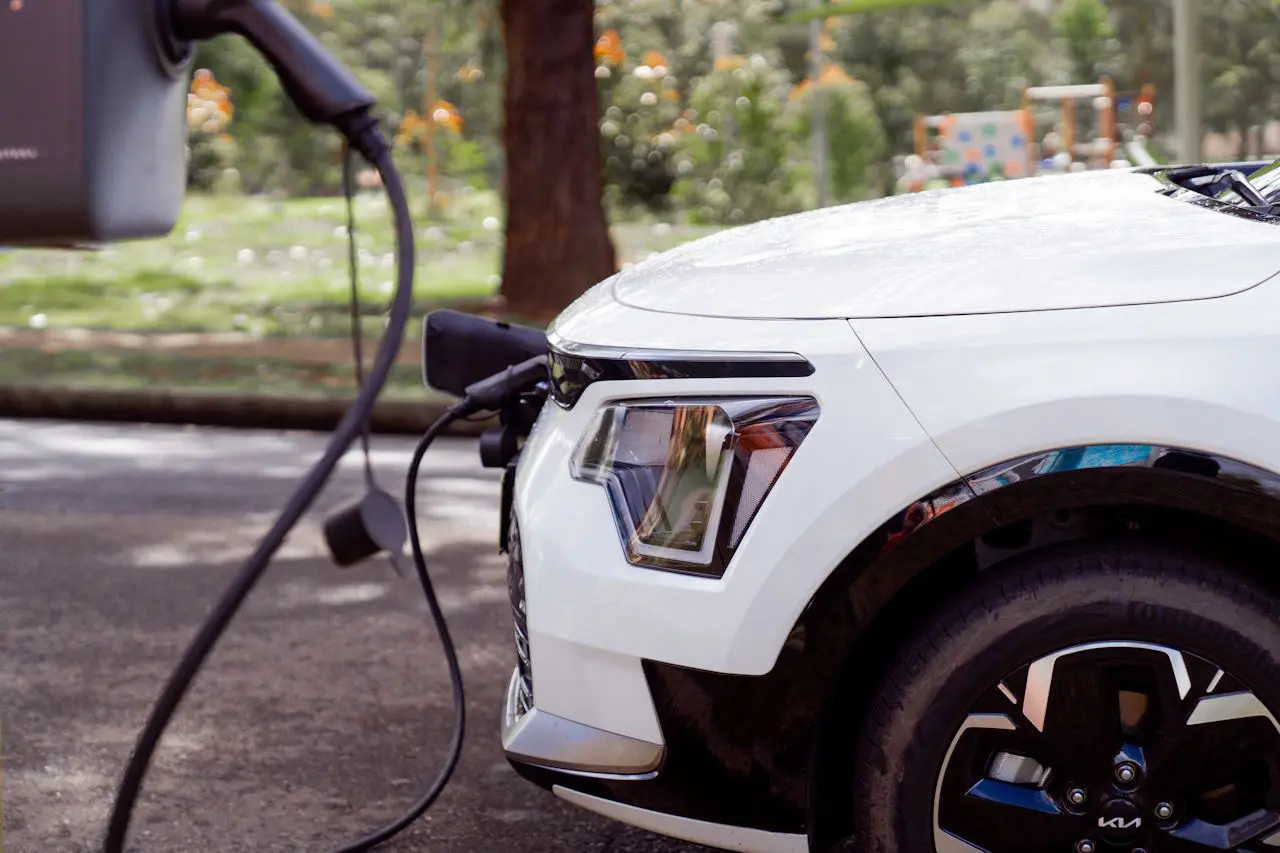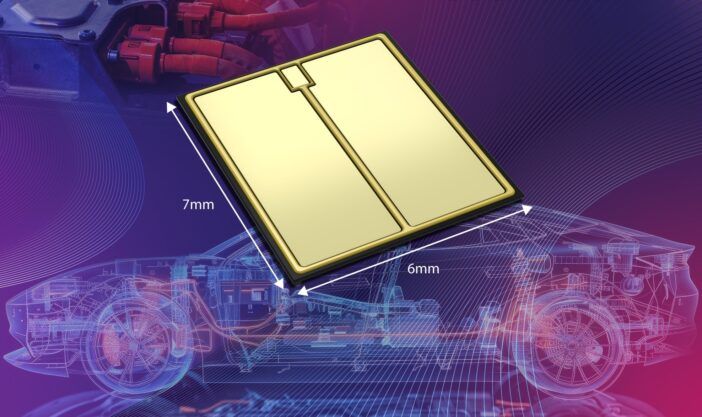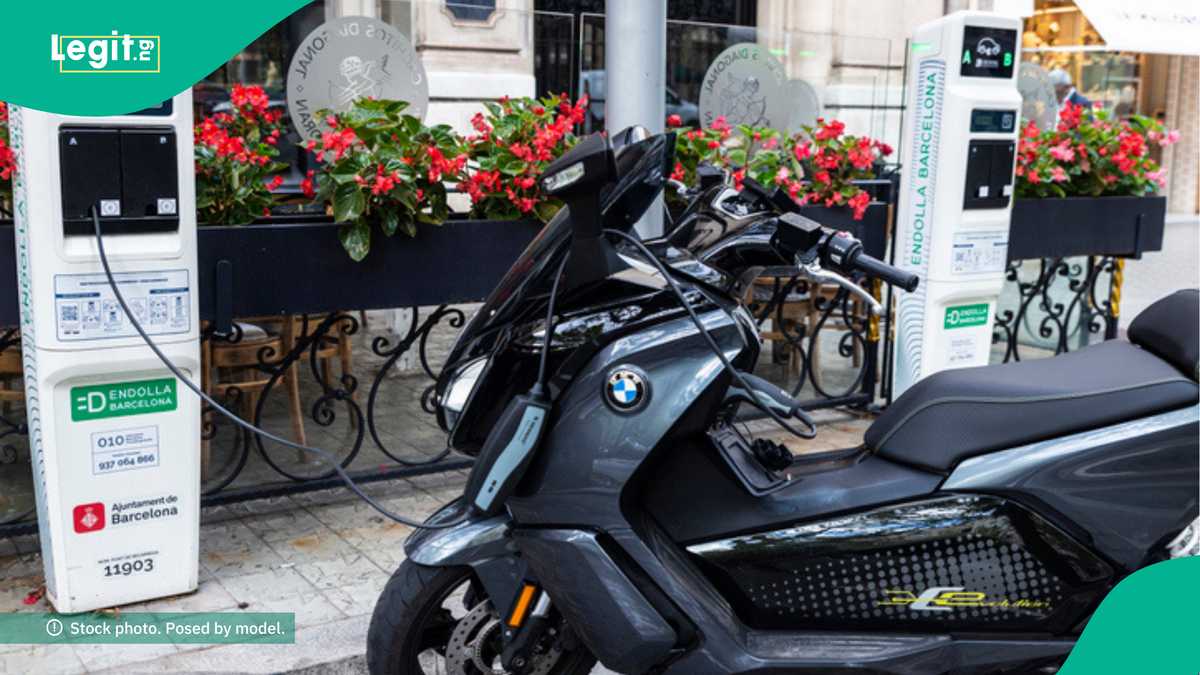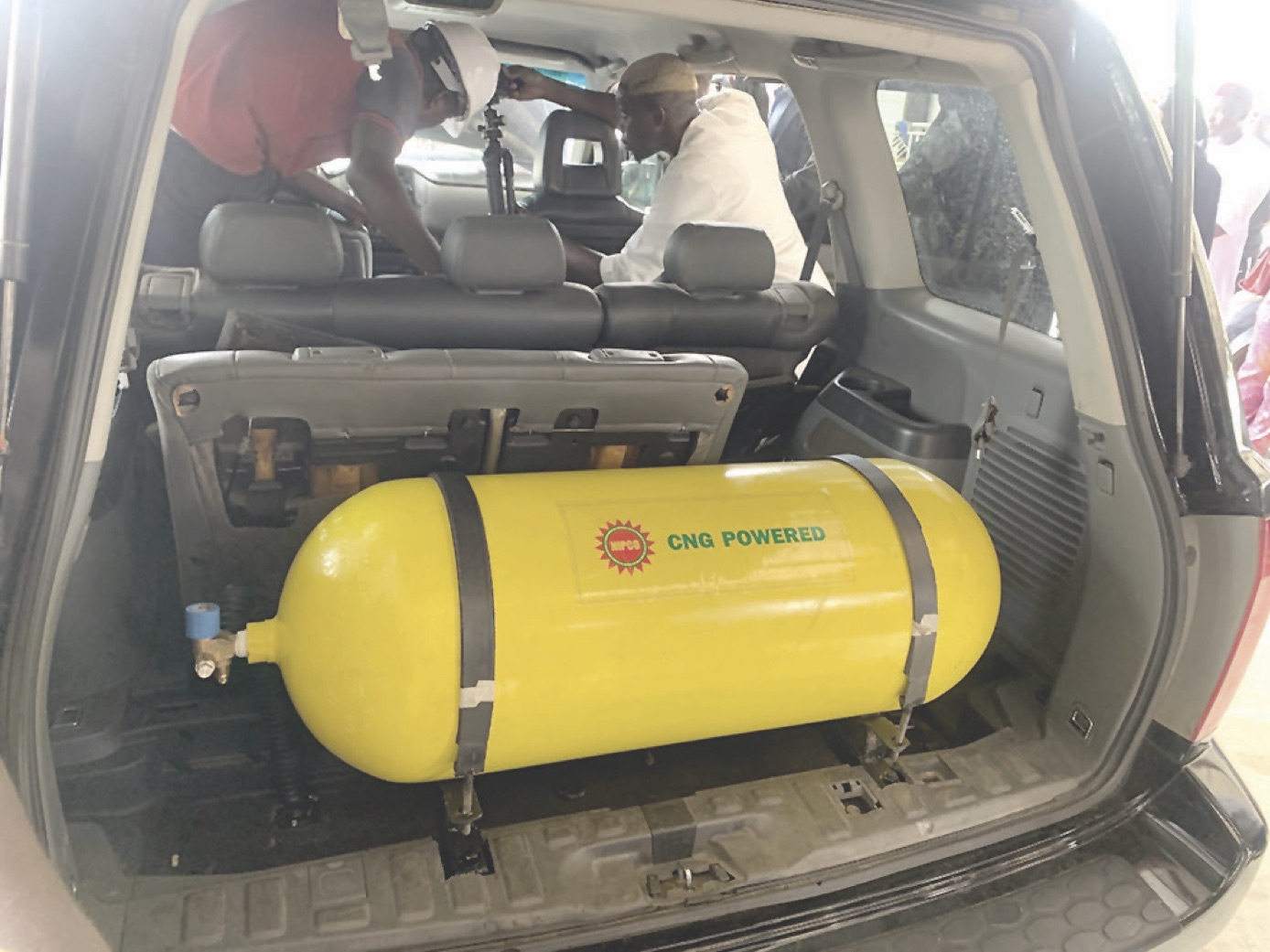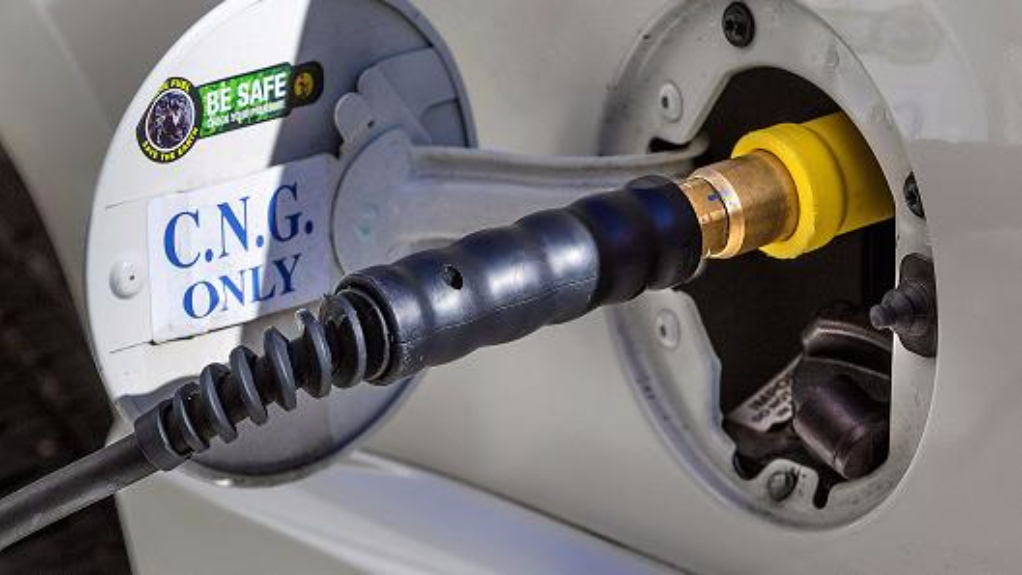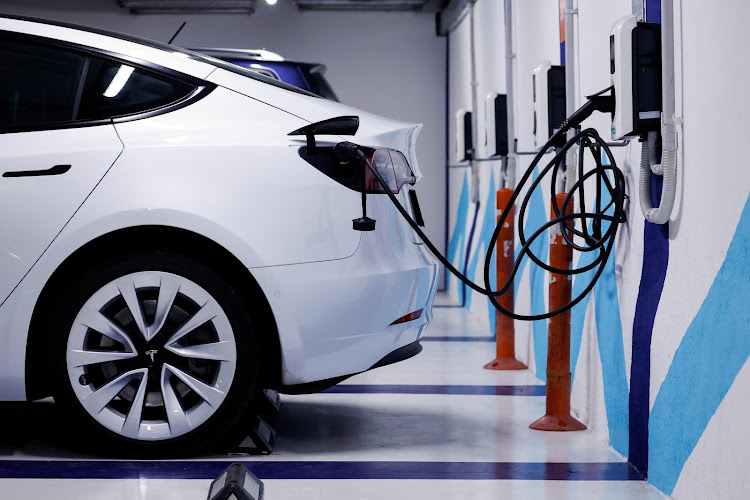
Frustration at the Curbside in Baltimore City
Which is worse, a broken charger or arriving and finding it “ICEd“—blocked by a gas vehicle? I recently encountered a bit of both at a curbside charging spot on Washington Boulevard near Carroll Park in Baltimore City.
When I arrived there on a weekday afternoon, I discovered that out of the four available spots, two were blocked by ICE vehicles. To make matters worse, the two remaining spots had non-operational chargers. Of course, the spots by the functioning EVSE were the ones that were ICEd. Murphy’s law, I suppose.
It felt like a double whammy—broken stations compounded by inconsiderate parking. Such experiences can be a frustrating reality for EV drivers.
The EV Driver’s Dilemma: Out of Order or ICEd
This experience highlights a significant challenge for EV drivers: the accessibility and reliability of charging stations. When charging stations are out of order or blocked by ICE vehicles, the result is the same—you cannot charge your vehicle. While there might be debates over which scenario is worse, the frustration and inconvenience for EV drivers are undeniable. It’s a stark reminder of the gaps in the current infrastructure and the everyday obstacles faced by those who have made the switch to electric.
Public Spending and the Promise of Range Anxiety Relief
The situation is particularly disheartening considering the millions in public spending being approved by legislators and public utility commissions to fund the buildout of electric vehicle charging infrastructure. One of the primary justifications for this massive investment is to alleviate “range anxiety,” the fear that a vehicle has insufficient range to reach its destination, which remains a significant barrier to EV adoption according to surveys.
The Need for Improved Infrastructure and Enforcement
To truly alleviate perceived range anxiety and make EVs a viable option for everyone, it’s not just about installing more charging stations. Ensuring these stations are functional and accessible is equally critical. This means regular maintenance to keep chargers operational and stringent enforcement to prevent ICE vehicles from occupying EV charging spots.

A Call to Action for Stakeholders
Given these challenges, there is a pressing need for stakeholders—including city administrators, charging station operators, and policymakers—to prioritize both the maintenance of existing EV charging stations and the enforcement of parking regulations. It’s not enough to just increase the number of charging stations; we must ensure they are reliable and accessible at all times. Without addressing these issues, we risk undermining the public’s confidence in the viability of electric vehicles.
Building a Reliable Future for EVs
As EV drivers, we can play a role to help bring attention to these problems and advocate for change. Engaging with authorities and participating in public forums can amplify our voices and push for the necessary changes.
- Report Issues: Contact charging station operators directly to report malfunctions. Inform local authorities about instances of being ICEd.
- Advocate for Solutions: Ask for clear and enforceable signage at charging stations. Engage with local authorities to advocate for stricter enforcement of parking regulations and increased attention to the reliability and quick repair of EV charging stations.
The transition to electric vehicles will be challenging unless the supporting infrastructure is robust and reliable. By working together, stakeholders, including EV drivers, can ensure frustration at the charging station becomes a thing of the past.


